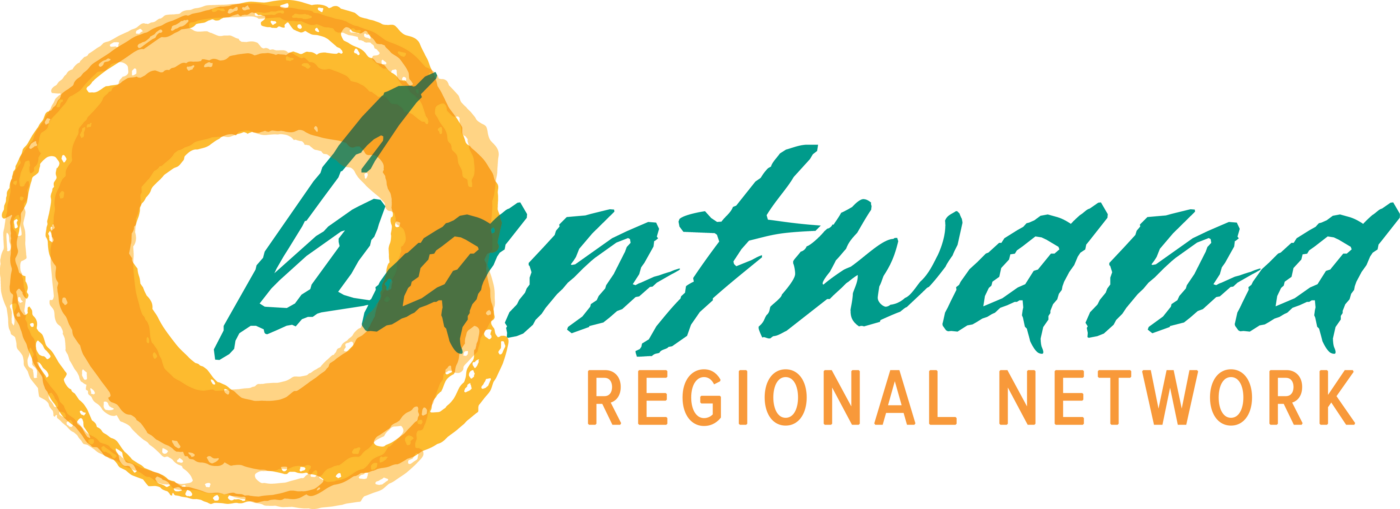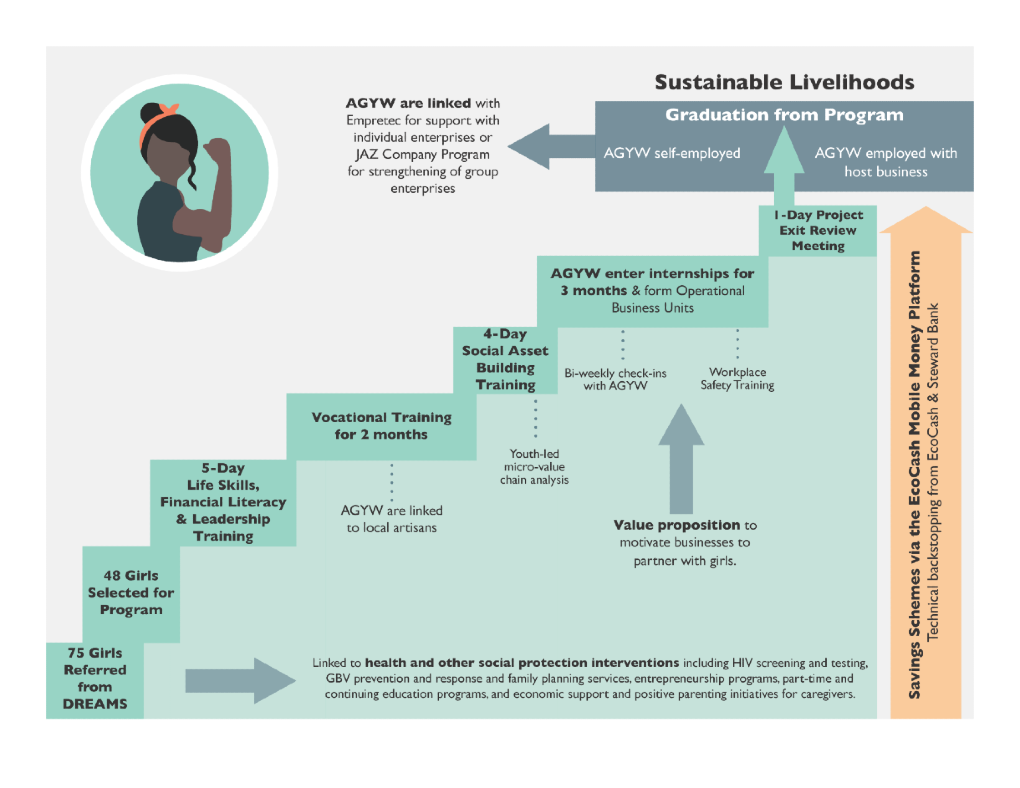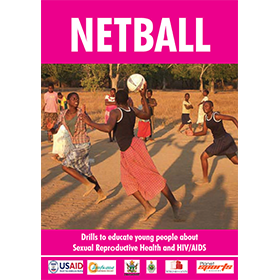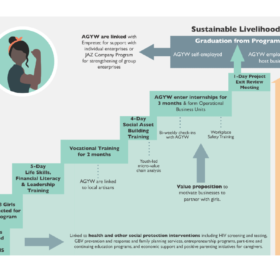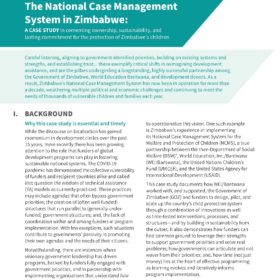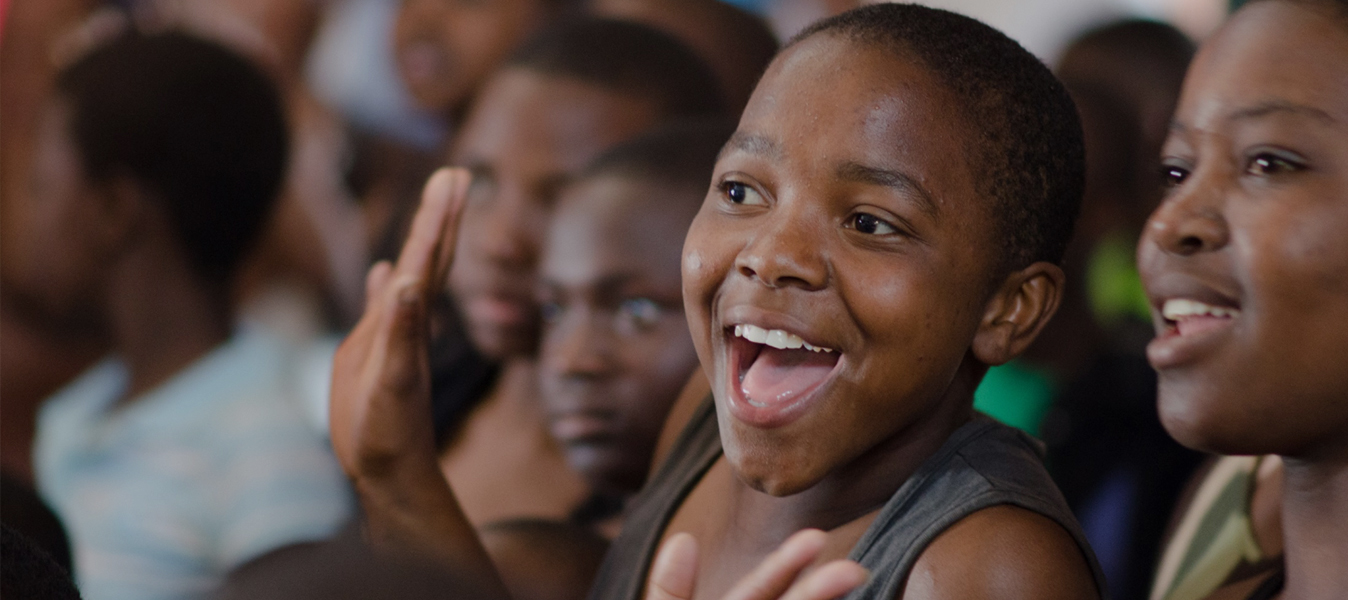Siyakha Girls Pilot
Siyakha Girls strengthened the economic resilience of vulnerable adolescent girls and young women through financial literacy, vocational training and internships in male-dominated trades, layered with social asset building and referrals to HIV and social protection services. PEPFAR has included the Siyakha Girls model in their technical guidance for evidence-based DREAMS programming for economic strengthening.
